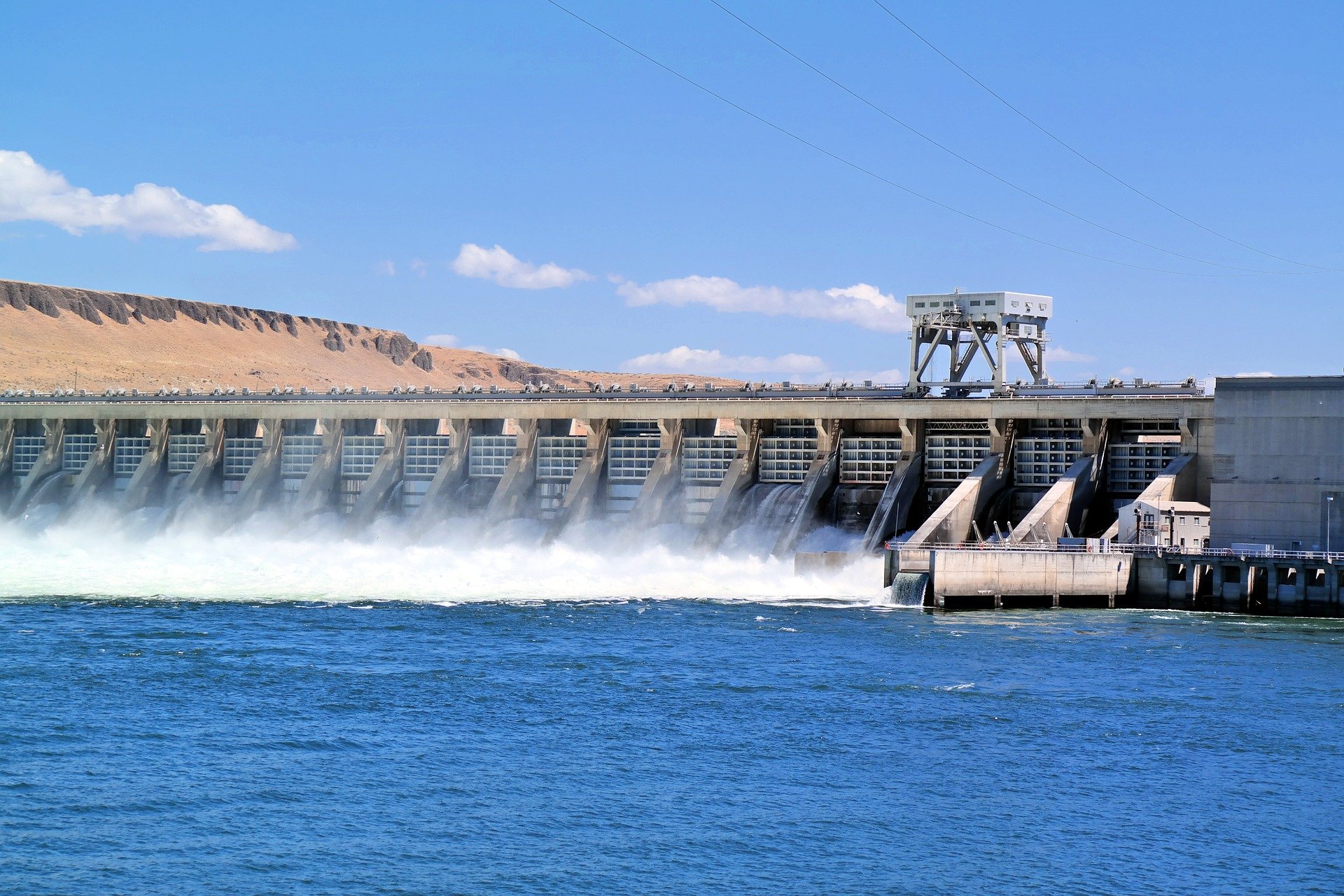
Early Warning based Decision Support System for Data Centre Resiliency
As the world becomes increasingly digitalized, demand for data centre services is rising rapidly. Data centres are pivotal components within Information, Communication and Technology (ICT) infrastructure systems, housing storage components and critical data that is essential for operation and management by governments, businesses and individuals.
Although by design, data centres may be physically located in different geographies, they are interconnected networks of data storage facilities. Data centres which are usually located near high-demand areas rely on power, cooling, fire protection and suppression, effective recovery and business continuity plans for their operational resilience. Given the rising trends of hurricanes, floods, wildfires etc., the ability of data centres to stay operational under all circumstances is challenged.
A study by Uptime Institute highlights that most data centre operators are not prepared to manage outages caused due to natural hazard-induced disasters.[1] In another study by Emerson and Ponemon Institute it was estimated that unplanned outages of data centre services costs companies approximately US$9000/minute[2]. In addition to the costs, unplanned outages have indirect effects on end users. With increasing financial investment into digital infrastructure, proliferation of hyper-scale data centres[3], and edge data centres that are located close to users, there is an urgency to build resilience of these critical assets to disaster and climate risks.
Usually, data centres deploy a Decision Support System (DSS) such as a Data Centre Infrastructure Management system to minimize human error and ensure business continuity. However, case studies suggest that at present, these DSS do not integrate early warning information on disaster and climate risks[4]. This is critical, because disaster induced disruptions can lead to outages lasting several days or weeks, having implications for business continuity as well as service delivery.
A possible way forward in fostering resiliency of data centres is through the integration of impact-based early warning DSS to help prepare and respond to natural-hazard induced events. This would require a comprehensive understanding of the following points:
- Interdependencies and cascading impacts:
For their smooth operation data centres depend on power, telecommunications, water and even transportation infrastructure for mobilizing resources. Any damage to these infrastructure systems due to natural hazards may lead to cascading impacts, affecting data centres. For example, consider a data centre in Mumbai that gets electricity from a power plant in Odisha. Such a data centre would benefit from receiving early warning information from both a flood forecast for Mumbai as well as a cyclone early warning that might affect power supply in Odisha. It is, therefore, important to implement systems for impact-based early warning DSS for infrastructure systems on which data centres depend.
- Criticality of data centre infrastructure:
Data centres can be classified based on their asset value, criticalness of data housed, levels of redundancy, preparedness in terms of business continuity planning and their significance within a network infrastructure. As such, it is possible to determine, evaluate and measure disaster and climate risk and resilience of data centres, as assets and as part of larger network infrastructures. This evaluation would in turn help identify the need and level for early warning information and development of an appropriate DSS.
- ‘Acceptable risks’ for data centres:
Determining, and disseminating early warning information with impact-based forecasting for data centres across a geographic area can be centred around criticality of data centre infrastructures, and levels of ‘acceptable risks’, i.e., the likelihood of an event (natural hazard or climate change events) whose probability of occurrence may be low or high to affect the infrastructure. Therefore, there is a much-needed understanding of ‘acceptable risks’ for individual data centres and corresponding levels of early warning information.
While most data centres are managed, operated and implemented by private entities, the service of data centres extends beyond, to governments, businesses and individuals. Partnerships between private and public entities, especially between data centre solution providers and early warning information providers is thus critical to foster resiliency. The question to move ahead with is then, how do we create an enabling environment for early warning based DSS for data centres?
By: Rajat Uchil, Analyst – Research (CDRI); Dr. Hem Dholakia, Lead Specialist – Research (CDRI)
[1]Uptime Institute Rings Climate Change Warning Bell for Data Center Operators: https://www.datacenterknowledge.com/uptime/uptime-institute-rings-climate-change-warning-bell-data-center-operators
[2]Emerson Network Power Study Says Unplanned Data Center Outages Cost Companies Nearly $9,000 Per Minute https://www.emerson.com/en-us/news/corporate/network-power-study
[3] What Is a Hyperscale Data Centre? https://www.vertiv.com/en-in/about/news-and-insights/articles/educational-articles/what-is-a-hyperscale-data-center/#:~:text=Hyperscale%20data%20centers%20are%20massive,Facebook%2C%20IBM%2C%20and%20Microsoft.
[4] Siemens Switzerland Ltd.: Improve data center operations with forecasting. https://assets.new.siemens.com/siemens/assets/api/uuid:61309169-571a-42e5-966d-6543b45c57db/sie-us-si-rss-data-centers-forecasting-whitepaper-en.pdf




.jpg)

.jpg)


